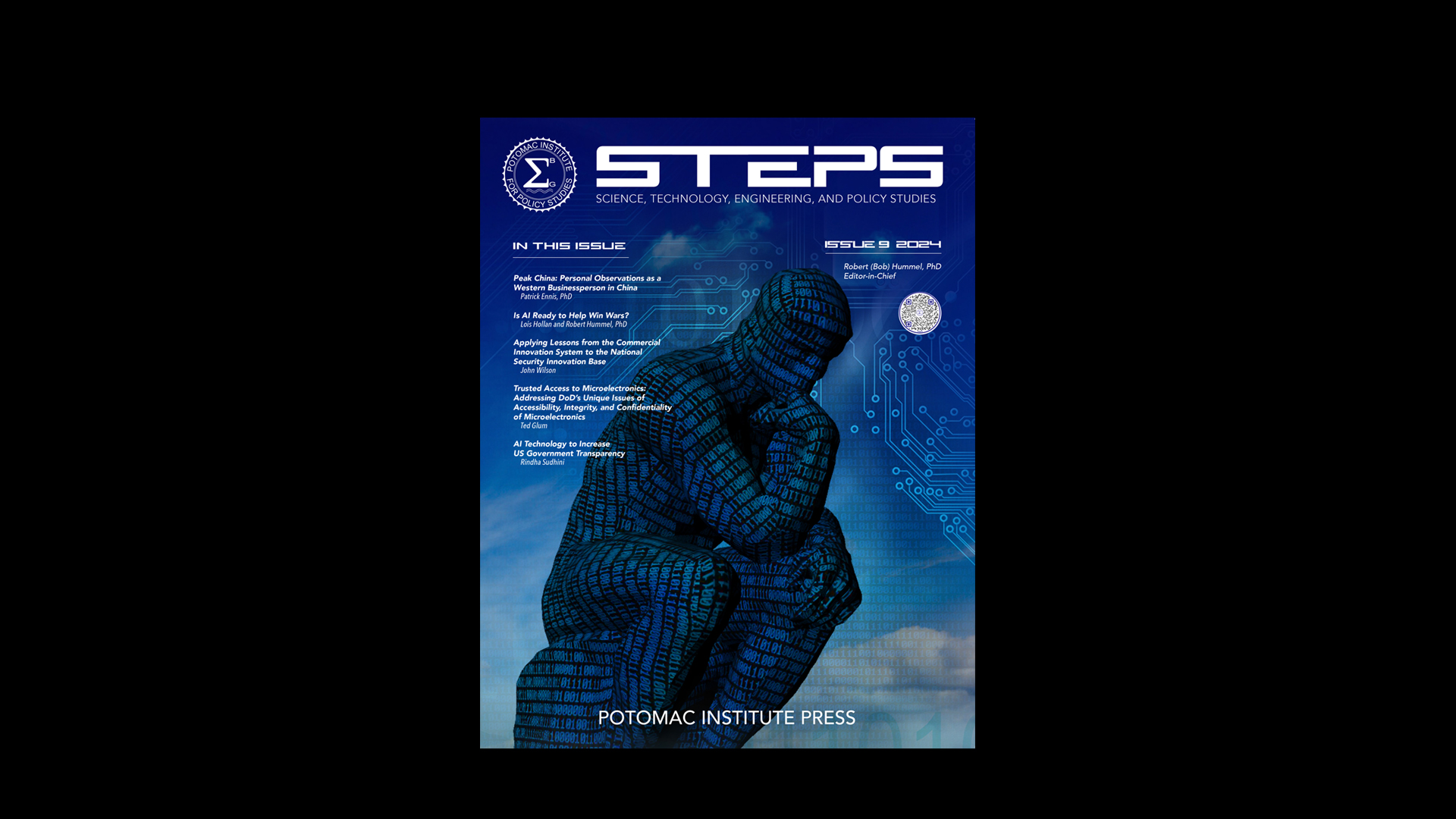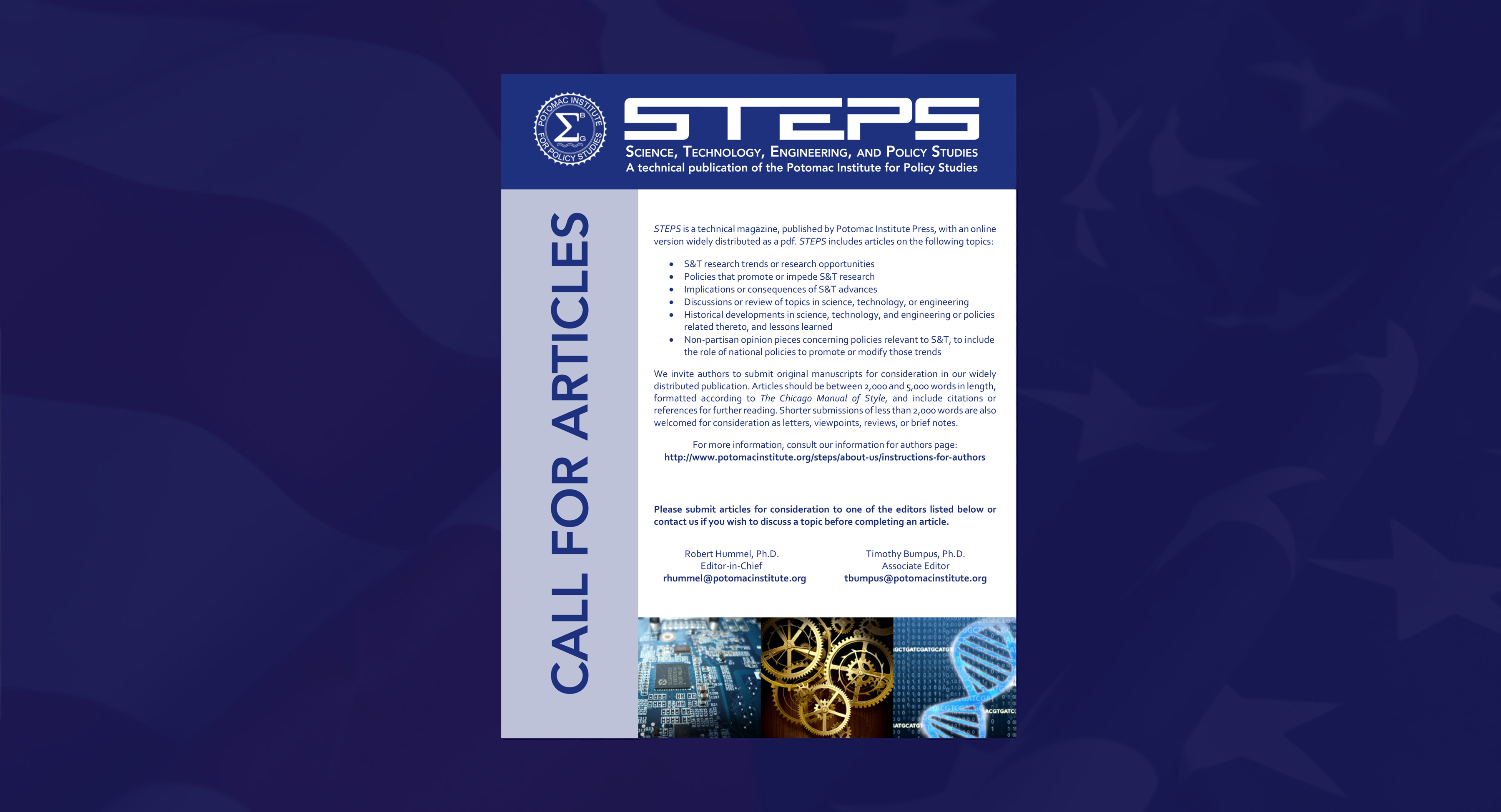SUMMARY: Decisions by the nation’s medical leadership and some good fortune are playing integral roles in the containment of the H1N1 pandemic, pending the expected third wave. Vaccine supply and dosage, combined with consumer education by health officials have helped control the spread of the virus and disruption to the economy.
STORY LINK: http://www.nytimes.com/2010/01/02/health/02flu.html
ANALYSIS: The traditional retrospection that accompanies every New Year this month includes consideration of the ongoing influenza pandemic – in essence a “flu review.” The lessons offered afford both immediate and strategic advice on individual, organization, and community preparedness. It must first be noted that there is no evidence that the Influenza A(H1N1) outbreak has ended. A third wave is entirely possible in the coming months. We have been fortunate recipients of a combination of circumstance and pathology: many of the actions taken by health officials proved to be effective, if not as optimal as predicted, and the virus has so far proven to be less lethal than feared, if still highly communicable. Perhaps the most significant success has been the unprecedented level of coordinated information and guidance furnished by public health officials. As cited, an active program of countering rumor and misinformation was largely effective. While nearly 60 million people have been vaccinated, that leaves some 248 million unprotected in the U.S. Had H1N1 turned more deadly, it is possible the congratulatory tone of the assessment would be absent. Also left to be seen is the long term impact on the American public. Will this contribute to a robust response during the next outbreak or will people view it as the public health official who “cried wolf?”
The take home message here is that the need for being prepared remains, despite the current waning of the H1N1 pandemic. In an opinion piece in the January 4, 2010 Washington Post, former Senators Bob Graham and Jim Talent, co-chairs of the congressionally mandated Commission on the Prevention of Weapons of Mass Destruction Proliferation and Terrorism, highlighted the 60 year old production method for flu vaccines, gaps in our disease surveillance system, and slow diagnostic procedures as dangerous shortfalls in our ability to deal with the next pandemic (http://www.washingtonpost.com/wp-dyn/content/article/2010/01/03/AR2010010301812.html). While H1N1 gave us a six month warning before becoming a global threat, a SARS-like outbreak or bioterrorism attack may not afford as much lead time. This provides a stark prediction of what may come. A plan developed now will ensure the ability to perform should the unthinkable occur.
By Donald A. Donahue, Jr., DHEd, MBA, FACHE

















